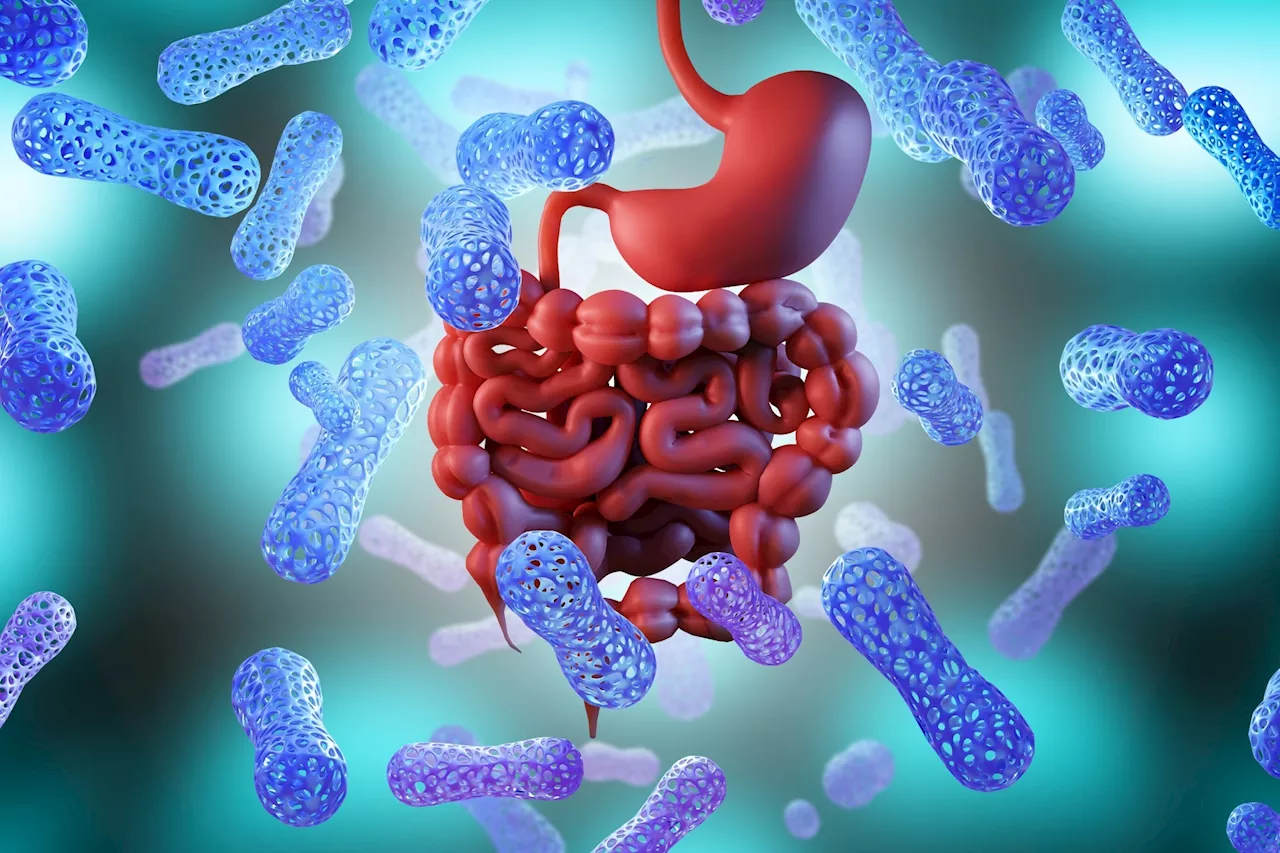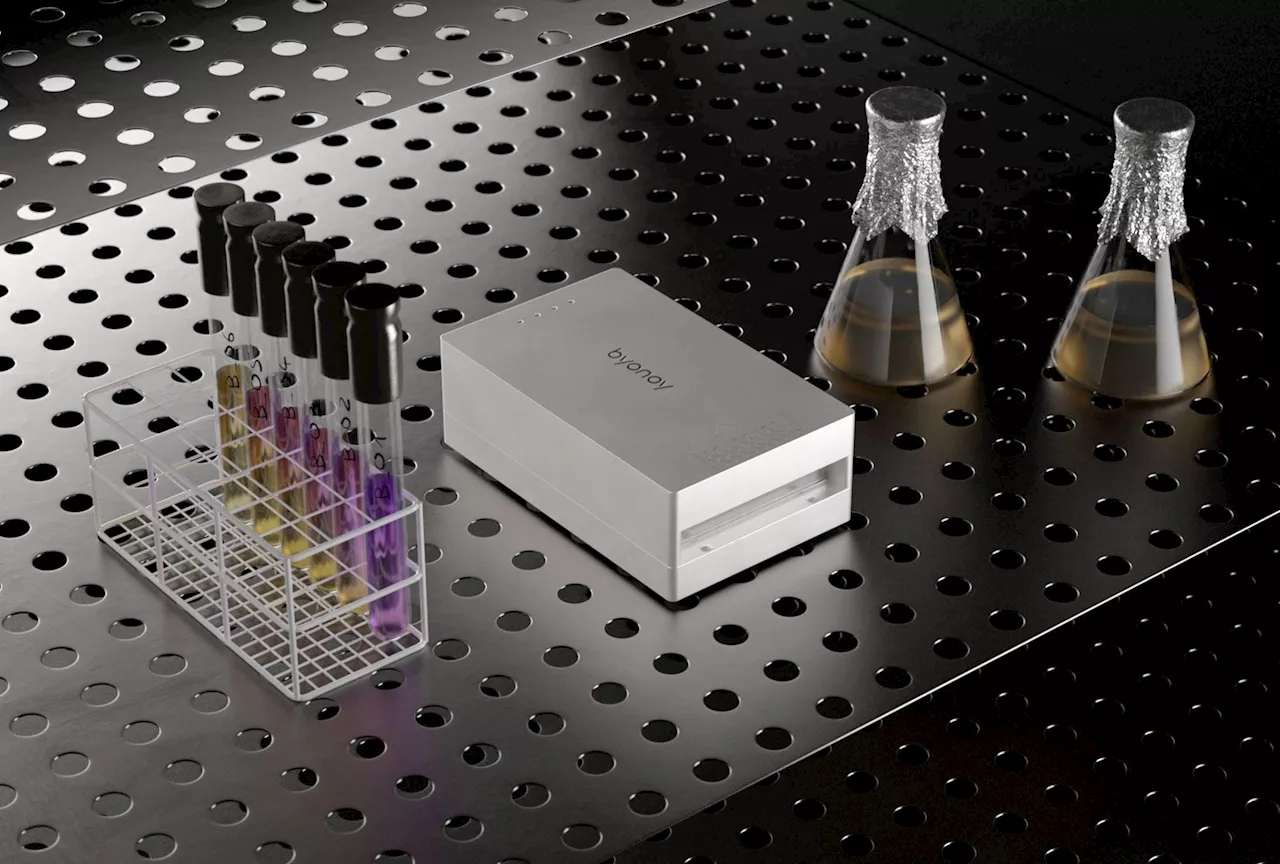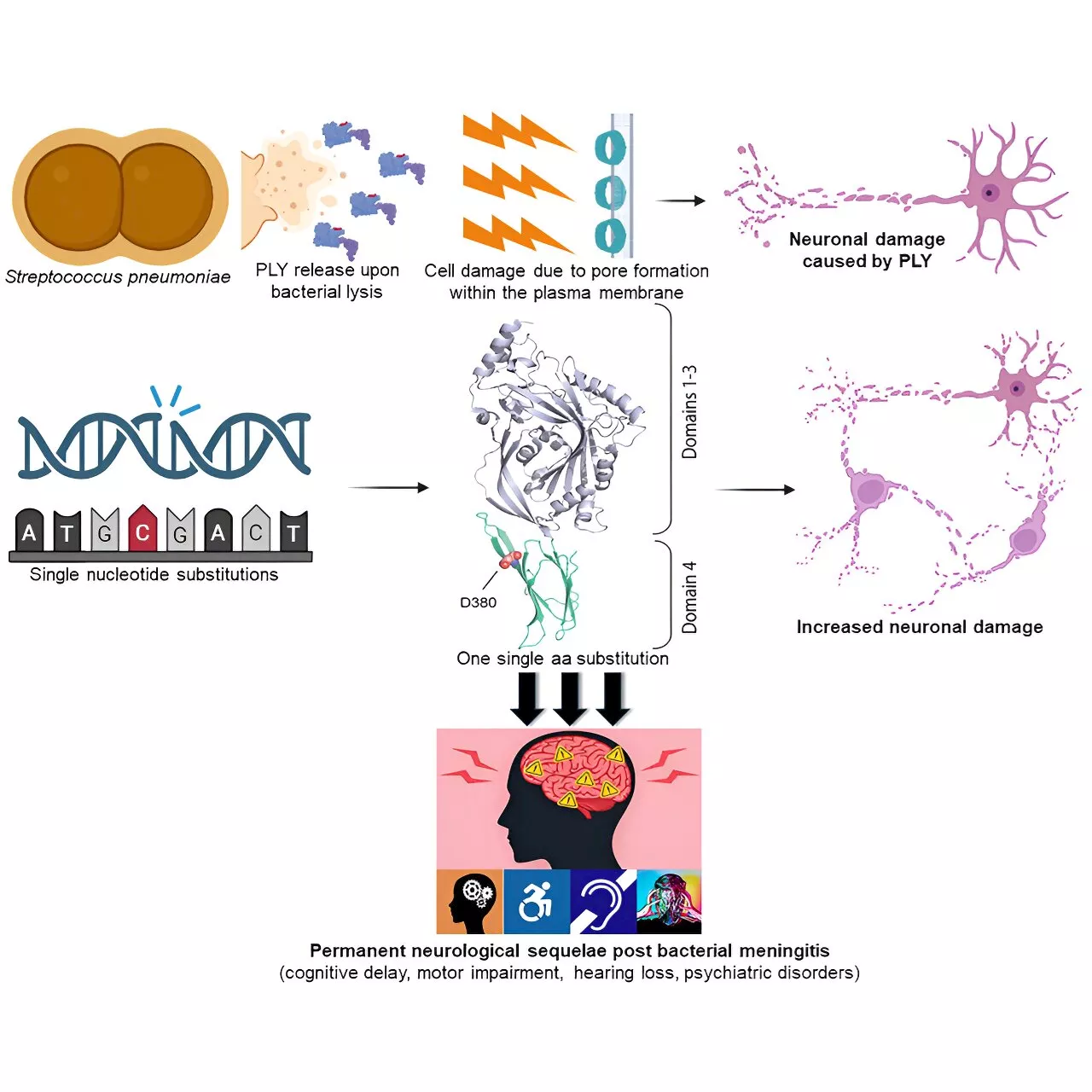Bacterial Vaginosis (BV) affects about one-quarter of reproductive-age women and is linked to adverse health outcomes, such as increased HIV risk.
May 2 2024University of Maryland School of Medicine Bacterial Vaginosis affects about one-quarter of reproductive-age women and is linked to adverse health outcomes, such as increased HIV risk. Yet for decades, BV treatment in the United States has largely relied on antibiotics, and BV recurrence is common following antibiotic therapy.
For women suffering from BV, there is a critical need for more effective treatments. We need more robust clinical trials to fill in the knowledge gaps of what we know about DQC from the European studies." Related StoriesDQC works differently than current treatments because it is an antiseptic with antibacterial and antifungal activity, rather than an antibiotic. It also is an intravaginal tablet, not an oral treatment. The antibiotic treatments currently available to U.S. women are metronidazole and clindamycin as first-line medications, with alternatives of secnidazole and tinidazole.
Antibiotic Epidemiology Food Genome Genomics HIV Medicine Public Health Research Vaginal
United States Latest News, United States Headlines
Similar News:You can also read news stories similar to this one that we have collected from other news sources.
 Women need better treatments for bacterial vaginosis: Researchers call for studies for a treatment already used in EUBacterial vaginosis (BV) affects about one-quarter of reproductive-age women and is linked to adverse health outcomes, such as increased HIV risk. Yet for decades, BV treatment in the United States has largely relied on antibiotics, and BV recurrence is common following antibiotic therapy.
Women need better treatments for bacterial vaginosis: Researchers call for studies for a treatment already used in EUBacterial vaginosis (BV) affects about one-quarter of reproductive-age women and is linked to adverse health outcomes, such as increased HIV risk. Yet for decades, BV treatment in the United States has largely relied on antibiotics, and BV recurrence is common following antibiotic therapy.
Read more »
 Gut microbiome study challenges established cancer biomarkers, identifies new bacterial links to colorectal cancerStudy identified that several specific bacterial species were significantly associated with colorectal cancer, challenging previous assumptions about established biomarkers once adjusted for important covariates.
Gut microbiome study challenges established cancer biomarkers, identifies new bacterial links to colorectal cancerStudy identified that several specific bacterial species were significantly associated with colorectal cancer, challenging previous assumptions about established biomarkers once adjusted for important covariates.
Read more »
 Ohio State study reveals bacterial defense mechanism against phagesOne of the many secrets to bacteria's success is their ability to defend themselves from viruses, called phages, that infect bacteria and use their cellular machinery to make copies of themselves.
Ohio State study reveals bacterial defense mechanism against phagesOne of the many secrets to bacteria's success is their ability to defend themselves from viruses, called phages, that infect bacteria and use their cellular machinery to make copies of themselves.
Read more »
 Advancements in OD600 measurement techniques: Evaluating the performance of Absorbance 96 in bacterial growth analysisThis article explores the effectiveness of the Absorbance 96 plate reader in measuring optical density (OD600) for bacterial growth assessments, in comparison with traditional spectrophotometry methods.
Advancements in OD600 measurement techniques: Evaluating the performance of Absorbance 96 in bacterial growth analysisThis article explores the effectiveness of the Absorbance 96 plate reader in measuring optical density (OD600) for bacterial growth assessments, in comparison with traditional spectrophotometry methods.
Read more »
 New insights into the mechanisms of bacterial brain invasion during meningitisBacterial meningitis is a devastating infectious disease because, even when cured, most survivors live with permanent neurological disabilities such as motor impairment, cognitive delay, hearing and vision loss, seizures, and psychiatric disorders, due to neuronal damage caused by the infection.
New insights into the mechanisms of bacterial brain invasion during meningitisBacterial meningitis is a devastating infectious disease because, even when cured, most survivors live with permanent neurological disabilities such as motor impairment, cognitive delay, hearing and vision loss, seizures, and psychiatric disorders, due to neuronal damage caused by the infection.
Read more »
 Homemade nut-based dairy analogs raise questions about bacterial risksMany consumers know the food safety risks of dairy products, eggs and raw meat. But they are less likely to understand the risks associated with dry goods, including tree nuts such as almonds, cashews, walnuts and pistachios, said Yaohua 'Betty' Feng, associate professor of food science at Purdue University.
Homemade nut-based dairy analogs raise questions about bacterial risksMany consumers know the food safety risks of dairy products, eggs and raw meat. But they are less likely to understand the risks associated with dry goods, including tree nuts such as almonds, cashews, walnuts and pistachios, said Yaohua 'Betty' Feng, associate professor of food science at Purdue University.
Read more »
